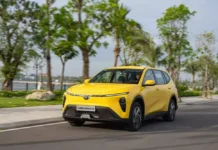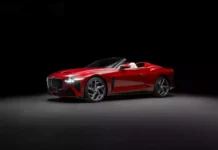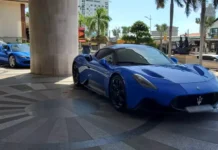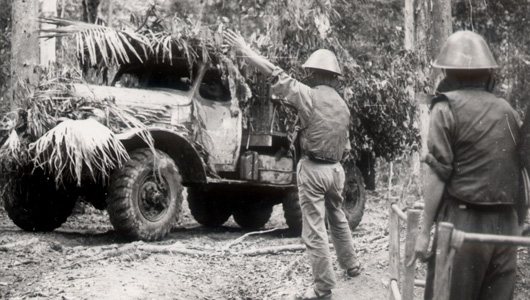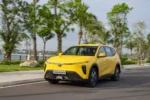“No road? No problem!”, The Zil 157 overcame thousands of kilometers from the land of the great Lenin to the green forests and deep mountains of the Vietnam-Laos border, contributing to the great victory of the spring of 1975 with such a slogan. Perhaps since its birth, the greatest achievements have been recorded for this miraculous vehicle during the Vietnam War.
As Vietnamese people, more than anyone else, we understand the price of the victory in 1975. Also, more than anyone else, we understand the contributions of the logistics soldiers who worked day and night, providing rice and bullets for soldiers on the battlefield. And we will never forget the friends who sent precious vehicles to replace the historic bicycles of Dien Bien Phu.
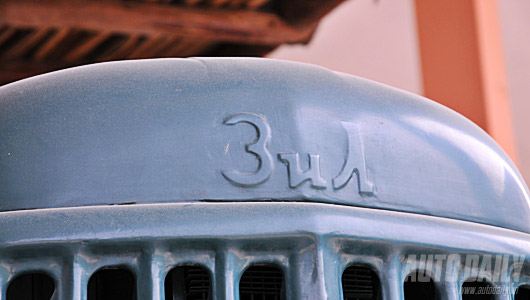 Zil 157 from Soviet Union creating miracle in Vietnam’s national defense war
Zil 157 from Soviet Union creating miracle in Vietnam’s national defense war
Reading the novel “Mở rừng” by writer Lê Lựu, we can understand how the drivers worked hard to support the frontlines. In one night, a road could be burned and dozens or hundreds of trucks could be lost. And it is from that, the number of cars supplied by the Soviet Union and China to us was also significant.
Initially, there were Zil (Din), Gát (Gaz), Hồng Hà (Honghe), Giải Phóng (Jiefang) one-bridge vehicles. But as the roads were heavily damaged, the appearance of the Zil 157 or Din 3-bridge vehicle was almost an event, a milestone. The vehicle quickly became a hero on the Ho Chi Minh Trail.
 “Hero” on the Ho Chi Minh Trail
“Hero” on the Ho Chi Minh Trail
Produced at the Likhachop Automobile Factory, the Zil-157 was designed to replace the Studebaker US6 – the main transportation vehicle in the Soviet Union’s army at that time.
Until 1957, the new project became a reality with the first 3-bridge Zil. It was a pinnacle of Soviet technology. The 6×6 off-road truck with three active bridges and excellent synchronization between the axles. Moreover, some versions of it were equipped with a self-pumping tire device while running (which was later developed on the Zil-131).
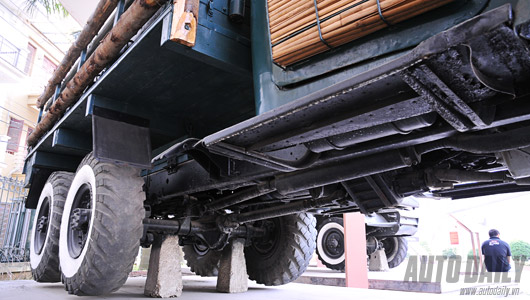 6×6 off-road truck with three active bridges
6×6 off-road truck with three active bridges
Right after its release, the Zil 157 won the “Grand Prix” at the Brussels International Auto Exhibition in 1958. At first, people thought it was a copy of the Studebaker US6, but in reality, it wasn’t.
The Zil 157 was mainly designed to be a strategic truck for the Soviet Union’s army, but it was also used to mount Cachiusa racks (which were previously mounted on the Zis 5 rear-wheel drive trucks) to replace them with the Studebaker US6. Until before 1942, the Cachiusa racks were usually mounted on the Zis 5, until the appearance of the Studebaker US6, this trend was abandoned.
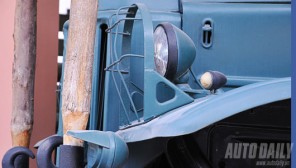
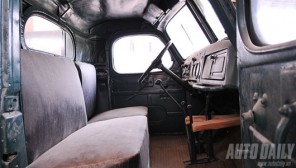 Headlights, cabin – “graceful” details on the military vehicle
Headlights, cabin – “graceful” details on the military vehicle
The Studebaker US6 truly shocked the Soviet car manufacturers. Hydraulic steering, 6-wheel drive on 6 axles (6×6) … equipment that at that time, Russian cars wouldn’t even dream of having. The Zis 5 was only equipped with rear-wheel drive brakes, while the American car had perfectly synchronized brakes on all wheels.
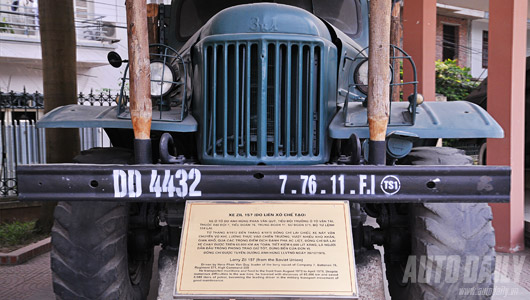 Zil 157 is the first products of the Likhachop Automobile Factory
Zil 157 is the first products of the Likhachop Automobile Factory
In wartime conditions, a vehicle like this couldn’t be mass-produced: it required too many changes. They could only produce something identical, like a copy with slight differences in the shape of the cabin after the war. That was the Zis 151. After Khretalin died, the “Khretalin Automobile Factory” was renamed to “Likhachop Automobile Factory” – simply the cars had to be renamed from Zis to Zil. The Zil 157s were the first products of the factory after the rename.
But it wasn’t a copy, it was an improved version of the Zis 151. First, it caught people’s attention with the improved design to ensure maneuverability: the wheels. They were designed as single wheels with “pine branch” type off-road tires, wider and rounder tire surface. Because it only had single wheels, the new vehicle had wider axles than the Zis 151. Moreover, the designers reached a high level when equipping the vehicle with a device to automatically adjust tire pressure according to the terrain – a feature that modern off-road vehicles have.
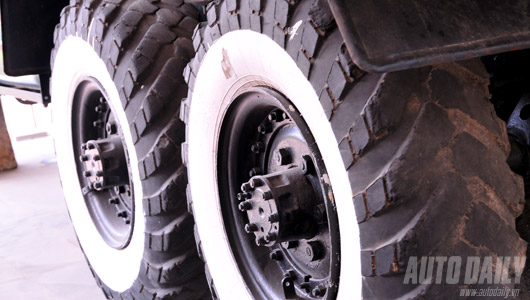 “Pine branch” type off-road tires
“Pine branch” type off-road tires
The new model was produced at the factory from 1958 to 1961. From then until 1964, the factory produced improved models Zil 157K and Zil 157KD, from 1976 to 1982. All those models were export versions because in the Soviet army, they were gradually replaced by larger and more powerful Zil 131, which the Russian army still uses today.
The Zil 157 was designed as a 3-ton truck, but it was a versatile off-road vehicle. On good roads, it could pull trailers to increase its load capacity to 7.5 tons, but in fact, the vehicle’s details weren’t designed to carry such heavy loads. The design philosophy of Soviet military designers wasn’t about load capacity – they could easily make heavy-duty trucks. What mattered was the ability to deliver goods regardless of the difficulties of wartime conditions.
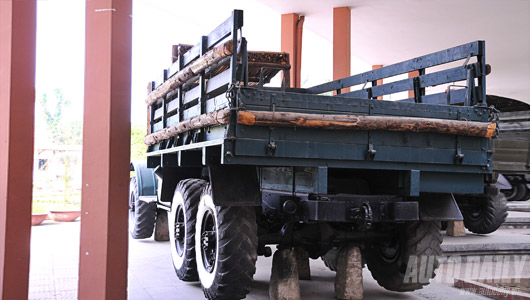 The Zil 157 was designed as a 3-ton truck, but it was a versatile off-road vehicle
The Zil 157 was designed as a 3-ton truck, but it was a versatile off-road vehicle
The vehicle also had many other versions, such as versions designed for heavy-duty transport or semi-trailer tractors.
In the 1950s, the Soviet Union helped China develop its automotive industry. At the “First Automobile Works” (FAW), a version called “Chinese Zil 157” was produced, which was the “Giải Phóng CA 30”. Both brotherly countries gave Vietnam vehicles of both types. Because they were stamped copies, they could be used interchangeably and spare parts were also easily accessible for Vietnamese mechanics.
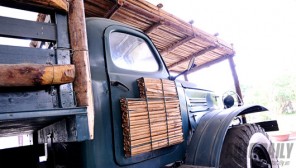
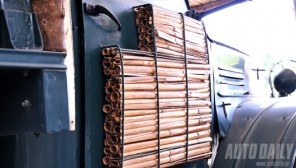 Supports made of bamboo, “Made in Vietnam” innovation
Supports made of bamboo, “Made in Vietnam” innovation
During the nationwide celebration of the liberation day, if you have a little time to visit the Vietnam People’s Army Ordnance Museum in Hanoi, you will see two Zil 157 vehicles displayed there as vivid evidence.
During transportation, the soldiers in the Vietnam People’s Army created additional supports made of bamboo and thatch to camouflage and protect their vehicles from enemy bombs and bullets. After traversing thousands of kilometers through mountains and rivers, underground tunnels under bomb rain and gunfire, the Zil 157 vehicles still exist there as a testament, these are the “wildlife heroes” in the Vietnam War.
Thế Đạt (TTTĐ)
Illustrations: Lê Thắng
Source: Phuongnn/Diendannuocnga




